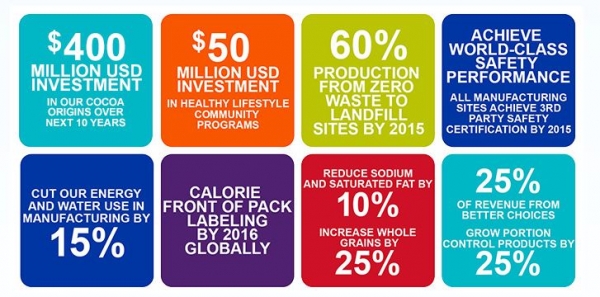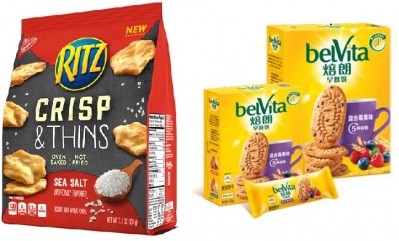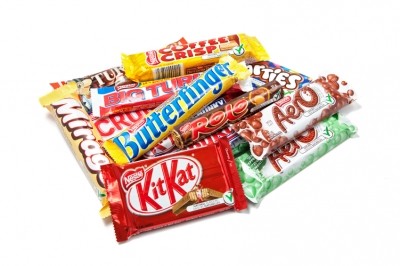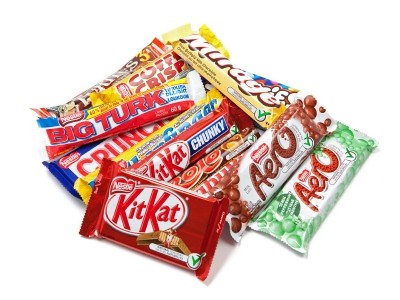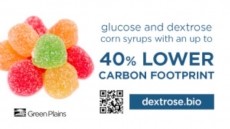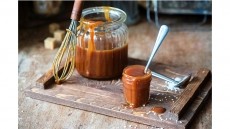Exclusive
Science vs taste: Nestlé and Mondelēz reveal different takes on candy nutrition guidelines
The world’s third and second largest confectioners were part of a debate session hosted by ConfectioneryNews at ProSweets 2016 in February.
Panelists were asked what drives decisions to reformulate confections and place caps on sugar, calories and saturated fat.
WHO & EFSA recommendations core for Nestlé
“At Nestlé we’re guided by science, so EFSA recommendations, WHO recommendations, government recommendations,” said Richard Wood, nutrition, science and regulatory affairs manager at Nestlé.
Nestlé has developed a Nutritional Profiling System based on government and EFSA recommendations.
Under the system, it places a calorie cap of 200 calories per serving for chocolate confectionery aimed at adults and 170 calories for chocolate aimed at children.
Bianca Maria Vecchio, Senior Nutrition Specialist, Nestlé said: “Our system is mainly based on authoritative recommendations, particularly WHO (World Health Organization).”
‘Taste is of paramount importance,’ says Mondelēz
Mondelēz takes a slightly different approach in its Call for Well-being program, launched in 2014.
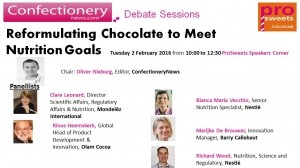
It takes account of multiple factors – including WHO guidelines - but says it looks closely at what is most relevant to consumers
“It’s difficult to say where we’d start, but at the end of it, consumer is key and taste is of paramount importance,” said Clare Leonard, director of scientific affairs, regulatory affairs & nutrition at Mondelēz.
“It’s also important to consider the competitive landscape, the role that product is playing in overall dietary intake, whether there are nutrients there of public health concern or benefits as well,” she continued.
Mondelēz’s Call for Well-being
Mondelēz has established caps on calories, saturated fats, sodium and trans fats for any new product development.
“Portion size is very important in those discussions. And then we have products that we consider to be a better choice nutritionally,” said Leonard.
Under Mondelēz 'Call for Well-being' it has set a target to increase individually wrapped options of 200 calories or less by 25% by 2020 and it hopes to have a quarter of its revenues coming from ‘Better Choices’ products.
Sugar & calorie caps at Mondelēz
Leonard did not disclose Mondelēz’s cap on calories for new products, but said the company was part of the UK Public Health Responsibility Deal to cap chocolate confectionery per serving at 250 calories.
‘The consumer is changing,’ says Olam Cocoa
Rinus Heemskerk, global head of product development & innovation at Olam Cocoa said the US government’s recent revision of dietary guidelines had sparked the public health debate. “The consumer is changing,” he said. “The consumer is beyond the traditional choices of price and convenience and indulgence.” He said the public were now also seeking sustainably produced products whereby companies have adhered corporate social responsibilities.
“For candy confectionery where we’ve only got sugar present we would also reduce that cap to 150 calories, often because it’s a younger consumer,” she added.
Mondelēz has not set a cap on sugar per serving for its existing portfolio, but it does have caps on sugar for all new products.
“It is part of our toolbox when we look at product renovation, but I rather look at the bigger picture than one particular nutrient,” said Leonard.
Nestlé’s 60/40+ test
Nestlé’s Nutrient Profiling system does not account for consumer preferences, but it is combined with a separate test it calls 60/40+.
Under 60/40+, Nestlé conducts consumer tasting panels to try to get consumer approval for a product with the healthiest profile as possible.
“60/40 means 60% of the people have to prefer our product and the ‘+’ means the product must get the nutritional targets. When we combine this, we have a product we are proud to sell,” said Nestlé’s Vecchio.
